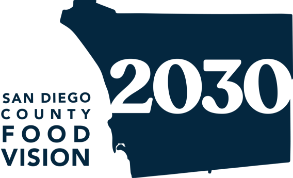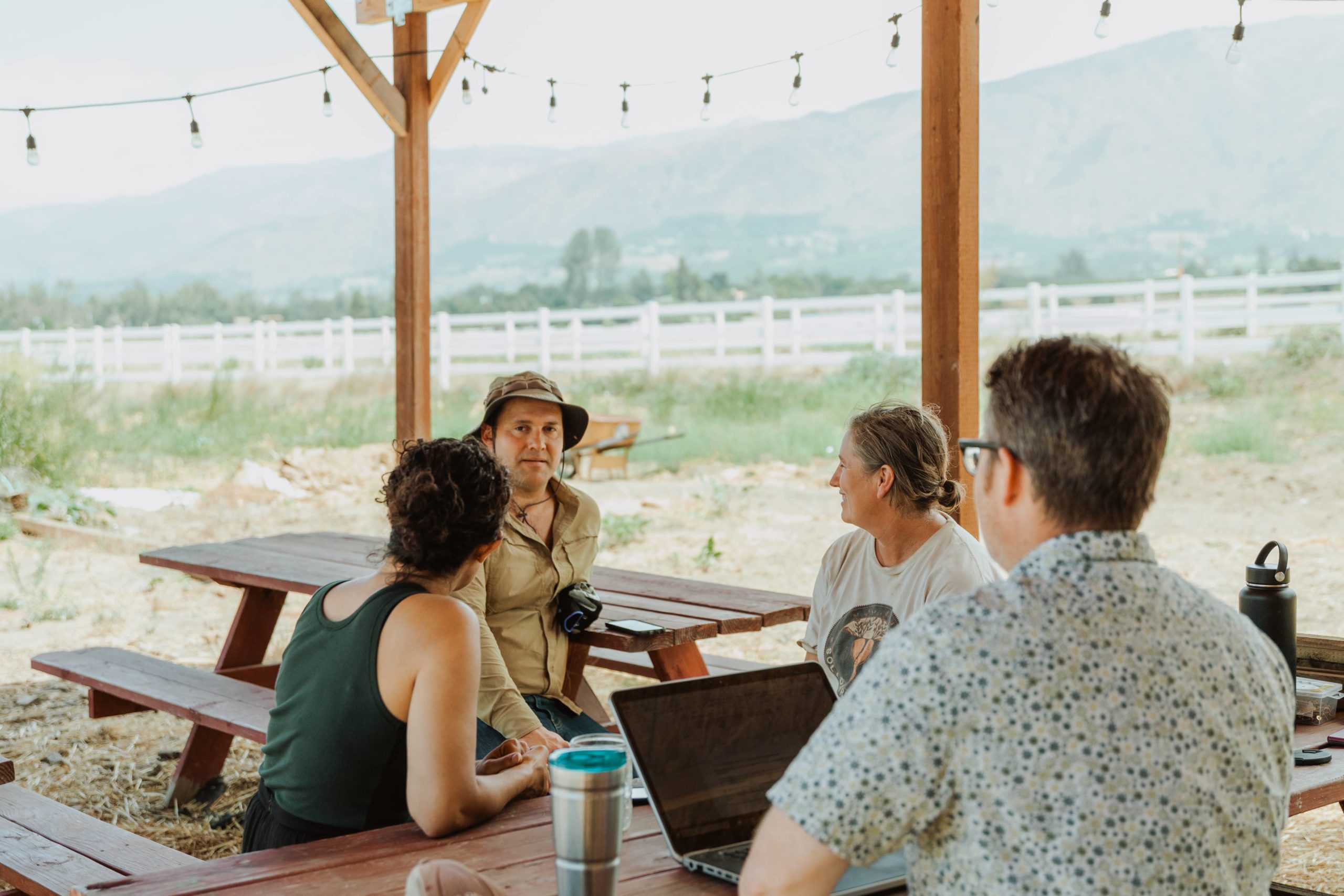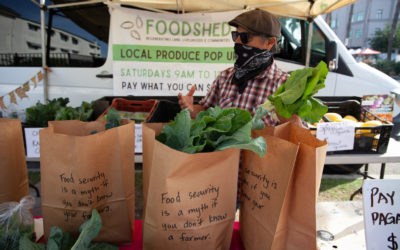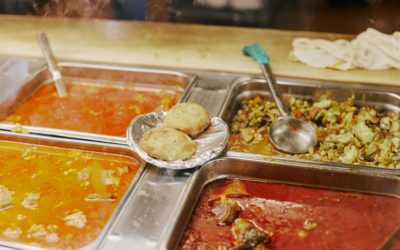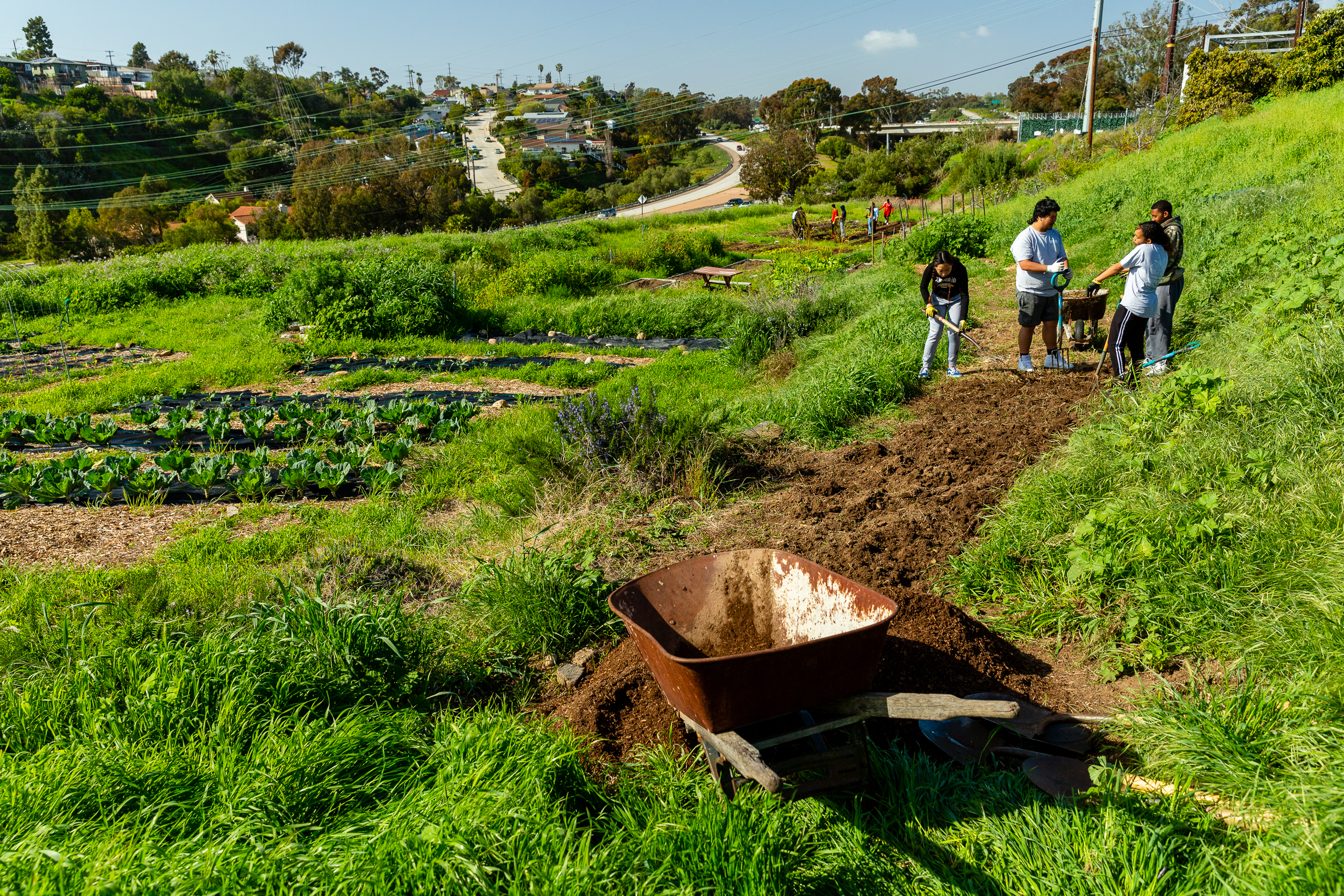Becoming a subscriber to Foodshed’s Fresh 5 program—a weekly distribution of fresh, seasonal produce, grown by the small farmers who make up the Foodshed cooperative—means you’re in for two surprises with every delivery. One is the produce itself: an ever-changing...
Objective 10
Plan for a Resilient Food System
Introduction
Our future is uncertain, and the resiliency of people, cultures, livelihoods, local economies, and ecosystems are all being threatened.
Our future is uncertain, and the resiliency of people, cultures, livelihoods, local economies, and ecosystems are all being threatened. For decades, our highly concentrated and industrial food system has been compromising the health and sustainability of people and our planet. Now, in the face of increasing natural disasters, public health crises, and growing inequalities, our food system is showing deep vulnerabilities and testing our resilience.
Resilience is a response to rising levels of insecurity, complexity, and vulnerability in our lives. It refers to our collective ability to respond and recover from adverse conditions, including natural disasters, public health crises, acts of violence, economic hardship, consolidation of power, and cultural loss. It also reflects the capacity of people and communities to heal and rebuild the systems that create and perpetuate vulnerabilities in the first place.
The year 2020 illuminated the fragility of our food system. The COVID-19 pandemic disrupted global and national food supply chains, amplified our country’s food insecurity crisis, and disproportionately impacted communities of color, low-income communities, and essential food system businesses and workers.
The year 2020 also presented an opportunity to reimagine a way forward. In response to the devastating impacts of COVID-19 across the country, there have been growing calls to build back better and foster a just transition. Although the challenges within our food system have deep roots, the current moment is presenting a unique opportunity to set intentions and sow the seeds for a more resilient food system, one that nurtures people and our planet.
A resilient system establishes a threshold, or a standard of well-being, toward which we collectively aspire and defend. Elements of resilient systems include awareness, diversity, integration, self-regulation, adaptiveness, and inclusivity and equity.
¹ Harris, Jenileigh and Emily J. Spiegel, June 2019, Food Systems Resilience: Concepts & Policy Approaches, Vermont Law School, https://www.vermontlaw.edu/academics/centers-and-programs/center-for-agriculture-and-food-systems/projects/food-systems-resilience.
Building a better food system must center the provision of healthy, nutritious food for all people, now and in the future. It must also center efforts to cultivate justice, fight climate change, and increase resilience to future shocks. Strategies for building greater resilience in our food system are highlighted throughout San Diego County Food Vision 2030 and other initiatives, including Reset the Table and the HEAL Food Alliance.
We can also learn from Indigenous food systems which are based on centuries of accumulated wisdom. Indigenous communities have long practiced agroecology. More recent studies have shown the vital role that agroecological practices play in building climate-resilient livelihoods and food systems. Indigenous communities, along with other communities of color and marginalized communities, demonstrate resilience on a daily basis. We have much to learn from these communities as they embody resilience socially, culturally, psychologically, spritiurally, and often ecologically.
Planning for a resilient food system in San Diego County will require increased coordination and collaboration. In the short-term, it will be essential to create food system resilience plans that prepare us for future crises, cultivate working partnerships with Indigenous and other marginalized communities, strengthen our local food economy, and develop bold, flexible, and lasting sources of funding. In the long-term however, building resilience will require a complete transformation of how we live and relate to one another and our environment.
Plan for a Resilient Food System
Objective 10
Chapter Summary
Racism intersects with our food system, exposing deep vulnerabilities and impacting our ability to build greater resilience.
Healthy food access, food and farm labor, and land and business ownership are all divided along racial lines.
Dismantling racism is essential to building resilience, but it will not be easy.
White people today are less supportive of the Black Lives Matter movement than they were before the death of George Floyd one year ago.
² Hendrickson, Mary K., May 12, 2020, “Covid Lays Bare the Brittleness of a Concentrated and Consolidated Food System,” Agriculture and Human Values, 37, https://link.springer.com/article/10.1007/s10460-020-10092-y.
Climate change is one of the most pressing issues of our time.
The year 2020 was the second warmest year on record, carbon dioxide emissions peaked at 419 parts per million—the highest measure since record-keeping began 63 years ago—and total climate disasters have cost the United States over $95 billion in damage, more than any other year on record.
Low-income communities and communities of color are disproportionately impacted by climate change.
Redlined neighborhoods across the country are 25% more likely to be flooded and are 2.6 degrees Celsius (4.7 degrees Fahrenheit) warmer than non-redlined neighborhoods.
Our current economy has created a culture of cheap, fast food that puts profits before people and our planet.
Corporate profits for a few, along with low prices and convenience, come at the expense of low wages for farmers, fishermen, and food system workers; persistent hunger, food insecurity, and diet-related diseases; limited ownership, wealth, and power for underrepresented communities; significant amounts of wasted food; and a profound disconnection from the earth and the soil.
